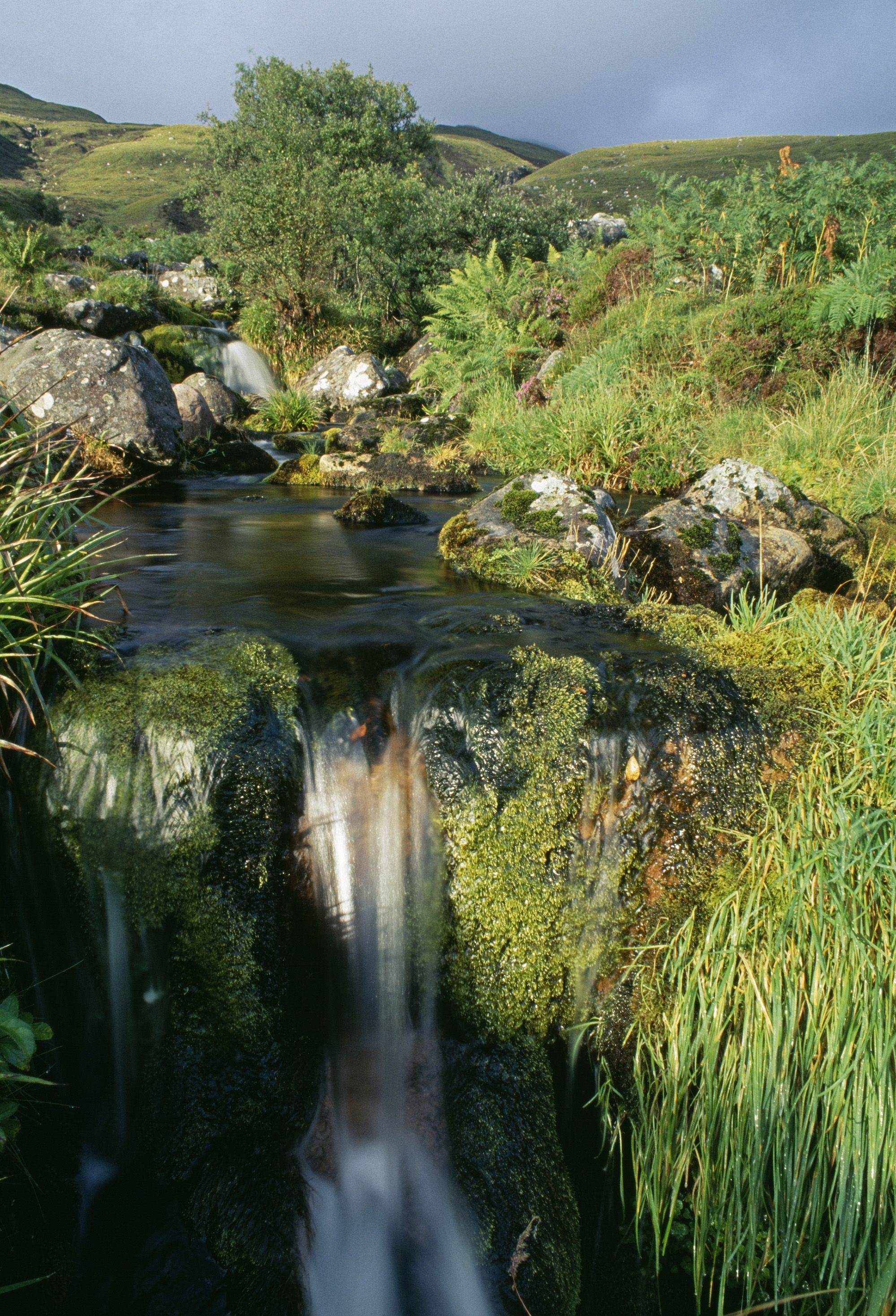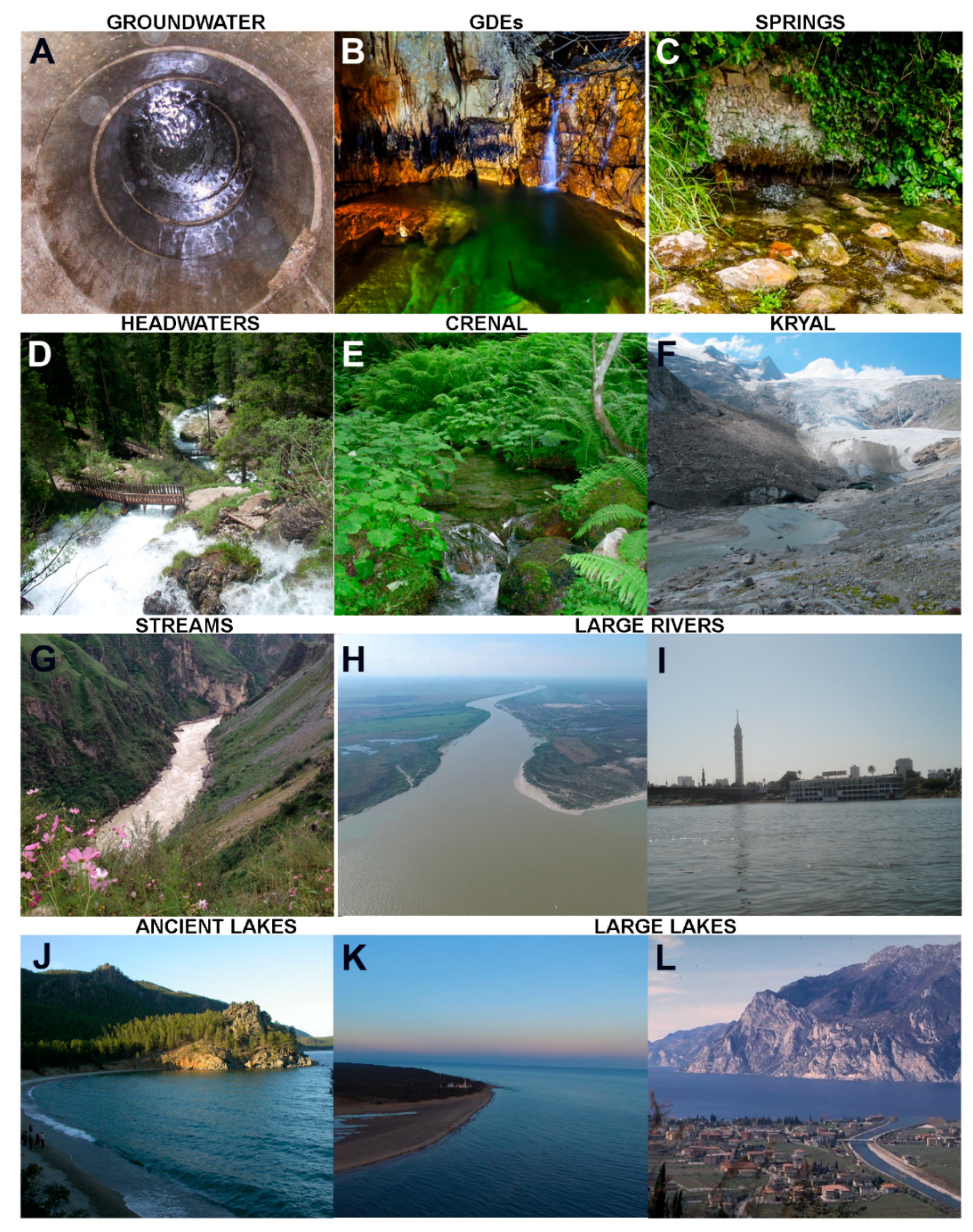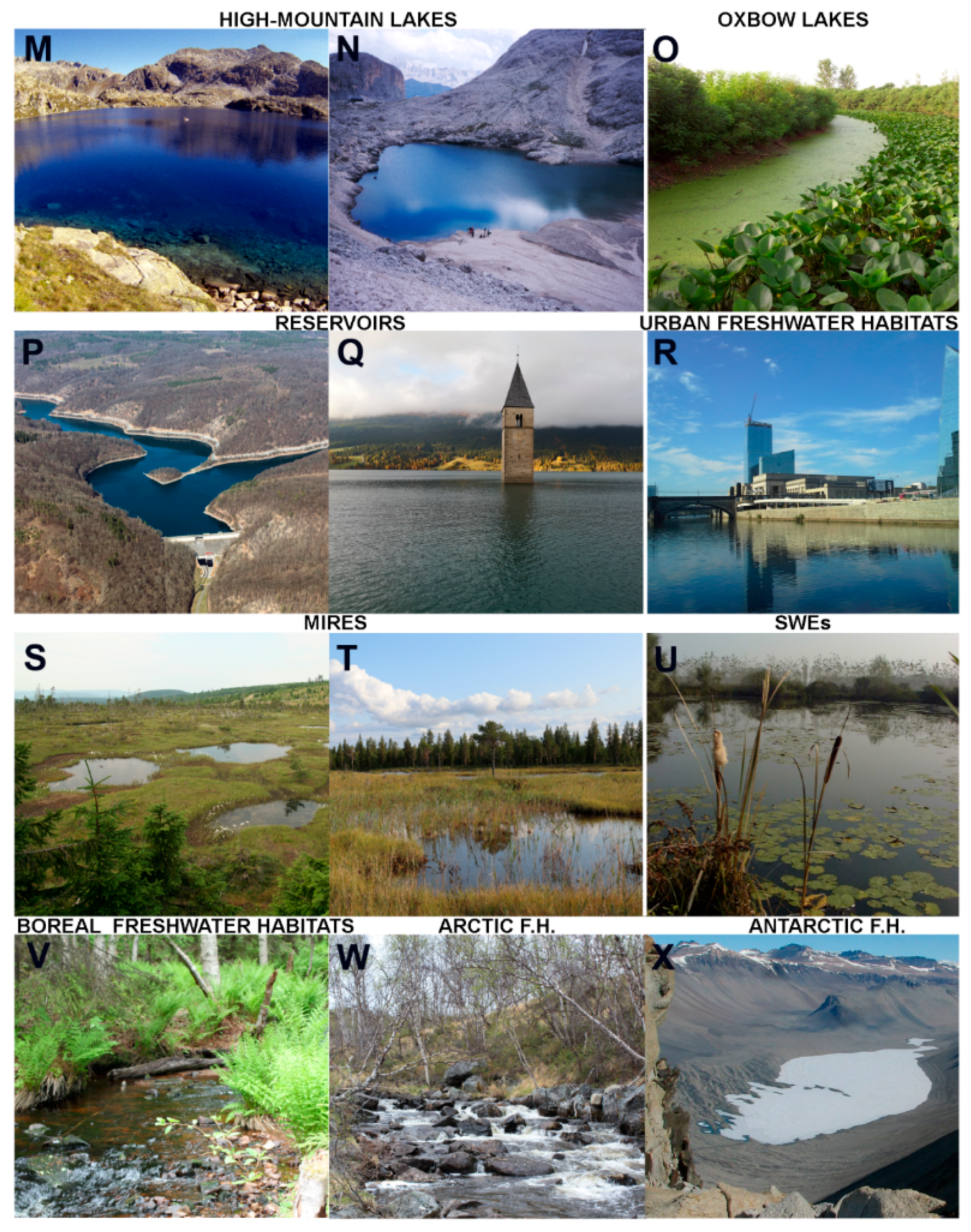Which Best Describes a Freshwater Ecosystem
The amount of sunlight rainfall temperature and species types. Freshwater means lakes ponds rivers and streams wetlands swamp bog and temporary pools.

Freshwater Ecosystem National Geographic Society
The characteristics of the river basin together with the climate temperature and rainfall will determine the vegetation of the riverbank.

. Water typically floods the areas consecutively for at least 75 of the growing season. The nutrient and organic matter content of drainage water from the catchment area is modified in each of the terrestrial soil stream and wetlandlittoral components as water moves downgradient to and. Shallow sunlit waters near the shore.
The freshwater ecosystem provides a perfect environment for various animal species. Most of this water is locked up in ice and another 209 is found in lakes. Lake ecosystems are a prime example of lentic ecosystems lentic refers to stationary or relatively still freshwater from the Latin lentus which means sluggish which include ponds lakes and wetlands and.
Type of plant or animal that is not indigenous to a particular area and causes economic or environmental harm. These cover only a small portion of the earth which is nearly 08 percent. Are always freshwater ecosystems.
It is also home to many diverse fish plant and crustacean species. Fresh water is the lifeblood of our planet and freshwater ecosystems connect people with the resources they need to thrive. Hydric soil wetland soils remains wet long enough to.
Some animals of freshwater prefer moving water bodies like rivers whereas some others prefer to live in stagnant water like ponds lakes wetlands etc. Are identified based on their water soil types hydric soils and vegetation. Rivers make up 049 of surface freshwater.
Estuaries contain only freshwater. Fishes are the most common species of the freshwater ecosystem. The amount of soil water buildings and humans.
Freshwater is a precious resource on the Earths surface. Study of freshwater ecosystems. Prevent the development of salt marshes.
Rivers are streams of water that persist over time and that flow continuously in only one direction. Different types of aquatic ecosystems are as follows. The main primary producers of biomass in.
The areas on which humanity depends for its most precious resource are under increasing pressure. The amount of animals oxygen plant life and pollution. Although rivers account for only a small amount of freshwater this is where humans get a large portion of their water from.
The right bar shows the breakdown of surface freshwater. Estuaries contain both salt and freshwater. Freshwater ecosystems consist of entire drainage basins as water moves from land and in groundwater runoff to stream and river channels and to recipient lakes or reservoirs.
Use these classroom resources to help students explore and learn about these places. Freshwater ecosystems lakes and rivers hold less than 002 of all water on Earth and occupy about 6 of the land surface area Fig. Are ecosystems where both fresh water and salt water are present.
Types of Aquatic Ecosystem. The habitats that freshwater ecosystems provide consist of lakes rivers ponds wetlands streams and springs. Lehner and Doll 2004.
This small footprint of surface waters on the land belies their importance to human civilization and to global biogeochemistry. Lotic systems or rivers. Occur when dissolved salt concentration of less than one accumulates on or flows through the surface of terrestrial biomes.
But when rivers lakes and wetlands are degraded their ability to provide reliable supplies of. A lake ecosystem or lacustrine ecosystem includes biotic living plants animals and micro-organisms as well as abiotic non-living physical and chemical interactions. Which best describes what makes one ecosystem different from another.
The amount of carbon dioxide oxygen water and soil. Are ecosystems where both fresh water and salt water are present. Which BEST describes this ecosystem.
Freshwater Wetlands Freshwater wetlands areas of land covered with freshwater for at least part of the year. Examples of Freshwater ecosystems. Freshwater Ecosystem Animals.
Fresh water that is relatively still such as in lakes ponds and wetlands. Estuaries are terrestrial ecosystems. Large natural standing bodies of standing fresh water formed when precipitation runoff or groundwater seepage fills depressions in the Earths surface.
All of the following are examples of saltwater ecosystems EXCEPT.

Water Free Full Text Characteristics Main Impacts And Stewardship Of Natural And Artificial Freshwater Environments Consequences For Biodiversity Conservation Html

Conceptual Model Of Salinity Impacts On A Freshwater Ecosystem Download Scientific Diagram

Freshwater Ecosystems Free Printables And Science Projects Ecosystems Projects Ecosystem Activities Homeschool Nature Study

Water Free Full Text Characteristics Main Impacts And Stewardship Of Natural And Artificial Freshwater Environments Consequences For Biodiversity Conservation Html
No comments for "Which Best Describes a Freshwater Ecosystem"
Post a Comment